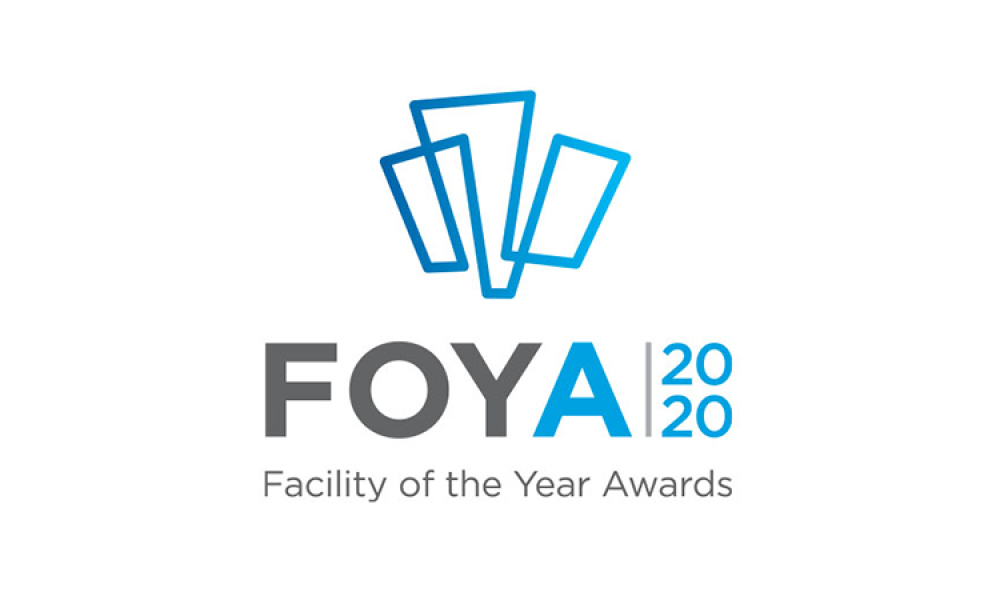Compliance - Standing in the Gray


For eight years I’ve attended ISPE educational sessions across the country, from Kansas City and Saint Louis to Chicago, from Atlanta and Baltimore to San Diego and San Francisco. I’ve learned many things. I’ve been a student volunteer, a committee member, an engaged Young Professional and a Chapter board member. I’ve gone from working in research and development to quality assurance management, and now I consult on current good manufacturing practice and risk management around the United States. And I ask myself how is it that with all the information, technology, and experience available, the US Food and Drug Administration continues to find the same top 10 issues with compliance around the nation and the globe?
When I was a student, I took it with a grain of salt that every person teaching a class or leading an educational session was an expert—and that every person who said he or she was an expert was, in fact, an expert. I did not know it when I started, but even the experts do not agree on all the issues, and in today’s global economy sometimes the experts still treat compliance as a black-and-white issue with minimum standards, even while the regulators elaborate on the importance of holistic quality and compliance rooted in culture.
I have learned that quality systems are not one size fits all. And because of that, the many different perspectives and methods provided by these experts are important tools for solving the myriad of problems that approach our industry every day.
While I revel in the thought-provoking discussion, I am always left wondering which parts to carry forward in my career. I have worked for facilities where I watched the compliance pendulum drift from both ends of what appeared to be a very wide compliance continuum over the past eight years. I am sure others have, too.
When I look back at the regulations, I do not see significant changes at that same pace. And when I watch the regulatory enforcement trends that are presented to us, I do not see significant changes there, either. This implies that what is being asked of us and its enforcement has stayed the same. As a maturing young professional, I find myself no longer comfortable standing in the gray and looking in both directions.
I now believe that there was never any gray to begin with—that compliance was always a rainbow of colors and not black and white. Since attempting to change my own perspective, I have found that it has become easier to understand my limitations and the limitations of processes around me. It has helped me to see risk differently and broadened my root-cause analyses. I imagine that others in the industry have felt this same thing; perhaps by sharing, they will notice that compliance is not a pendulum or a continuum at all, because compliance in each moment is different and all factors must be taken into consideration. That is the essence of a risk-based quality system focused on continuous and incremental improvements.


